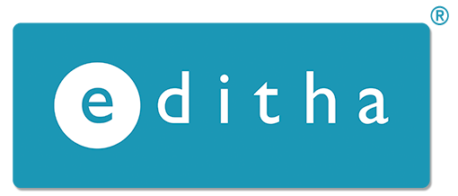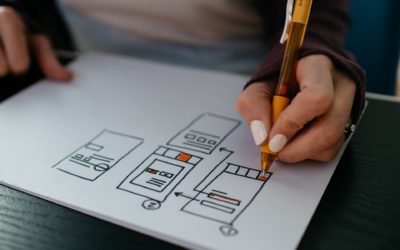What do we mean with “migration of technical documentation”? If we wanted to reduce it to a minimum, migration is nothing more than the conversion of documents from one format to another. But, of course, that’s not all.
Those who deal with technical documentation know well that one of the biggest obstacles to their work is the philosophy of “it has always been done this way”. Manuals, leaflets, catalogs, are handed down from generation to generation, update after update, eventually creating Frankenstein documents that lose their effectiveness.
This is why the migration of technical documentation becomes really effective when the target format allows it to be structured according to shared parameters.
Migrating technical content: the advantages
Analyzing an existing corpus of documentation to convert it into new formats gives us the possibility to verify a wide range of problems inherited over time, and to introduce a series of benefits. Just to make a few examples, a standard migration process allows us to:
- Identify duplicate content that can be optimized;
- Optimize outdated structures, such as sub-paragraphs cascading forever;
- Identify internal links to deleted sections;
- Reduce update costs during the writing phase;
- Reduce translation and DTP costs.
A very common problem is having to update small portions of text, snippets, such as warnings in a manual. With a structured migration you only need to change the text in one place because the changes are cascaded where needed.
An efficient content migration
While it is true that, as we said at the beginning, migrating technical documentation can also mean simply converting one software to another, an intelligent migration involves the conversion to “topic-based” management, ie by modules.
With topic-based management, instead of having a 1: 1 correspondence between the original document and the migrated one, the new documentation will be divided into smaller units, which can be reused more easily within a single manual or multiple manuals.
In Editha we prefer two solutions.
MadCap Flare
As MadCap Advanced Developers we have developed an ad hoc workflow for migrating content from legacy formats such as Word, Frame Maker, PDF to MadCap Flare.
As a CMS for Authoring for advanced content management, MadCap Flare allows precise structuring of content according to a topic-based philosophy, with streamlined management of updates and excellent integration into multilingual translation flows.
PTC Arbortext
For integrated business solutions, we have structured a work team for xml-based content migration to CMS, with the support of the PTC Arbortext editor. We were able to migrate entire bodies of technical documentation from formats such as Word, PDF and FrameMaker to a structured xml format, organized together so that they can be shared in hundreds of different documents.
How to migrate your technical documentation
The first step to start a migration path of technical documentation is the analysis of the existing contents, in order to evaluate the quality, the structure and the starting software.
The choice of target software, whether it is MadCap Flare, Simosoft CMS with PTC Arbortext or other, can depend on both internal needs and business choices, or the desired publication format.
With over 30 years of experience in the technical documentation industry, we can be your perfect partner to start your content migration journey. Contact us and together we will find the most suitable solution for your company’s documentation.





0 Comments